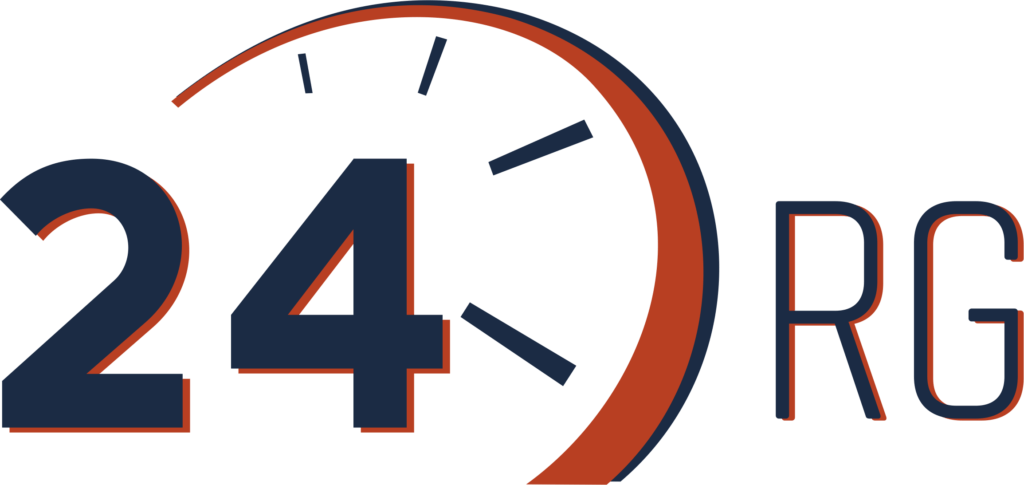Classic Mayan Pottery And Artifacts – Know Before You Buy

The UNESCO Treaty of 1972, of which Mexico and all Central American countries are signatories, prohibits the exportation of “cultural patrimony”, any culturally significant pottery or art object. Anything that can be proven to have been acquired before 1972 is a legally acquired object, however the possession of any item exported from its native country after that time is illegal to buy, own or possess and offenders can be dealt with severely. In some countries, Honduras for example, it is illegal for even native citizens to own or possess original Mayan artifacts.
Before even considering buying Mayan art there are a few terms with which you must be very familiar:
ORIGINAL: These are items hand-made by Mayans in pre-historical times, almost always Pre-Columbian and usually excavated from a known archaeological site. Any legitimate original item will have legal provenance showing its pre-1972 acquisition.
REPLICA: These are made in the same way as originals, using original materials and pigments and many times made in the same location by Mayan descendants. These are made to be as near in appearance to originals as possible, sometimes an exact copy, but are NOT sold as original. Many of these are museum quality and stunningly beautiful, but there is no claim from the seller of their authenticity.
REPRODUCTION: Reproductions are modern and little attempt is made to ensure the use of original materials, though many are very well made and quite beautiful. They are made in larger quantities than replicas and are marketed mostly to foreign tourists.
RENINISCENTS: These are low-end tourist “junk”. No attempt is made as to authenticity, merely something to bring home to remember a trip and may have the name of town or tourist attraction. These may be made in and imported from China or Taiwan.
FAKES: Herein lies the problem. Fakes are a deliberate attempt to cheat or swindle a buyer. The antiquities market, and especially the internet, is swimming in fakes. It has been estimated by knowledgeable collectors and museum curators that over ninety percent of online sales of “Pre-Columbian” Mayan art are fakes, sometimes involving the loss of thousands of dollars to the buyer. Determining if a piece is a fake is very difficult without the use of sophisticated and expensive atomic absorption or colorimetric equipment, and some have wound up in museums for years only to find out at a later date that they are not genuine.
A quick look at eBay, Amazon or other online auction sites will reveal dozens of offers of Pre-Columbian Mayan art. Asking prices range from hundreds to over ten thousand dollars. Few make any attempt to offer proof of authenticity other than their own online auction reputation. Anyone contemplating buying Mayan art that is represented as genuine should insist on serious legal provenance including sales receipts and bills of lading showing the items were imported prior to 1972. Not all auction sales are frauds or scam attempts by any means. Most are probably listed as genuine through ignorance by the seller of his item and of the law. There are a good many sellers, however, who make big money through deliberate swindles.
There are many replicas and reproductions of Mayan art that make fine displays and conversation pieces for the home of most anyone interested in the genre. Most any viewer would be hard pressed to know they were not a thousand years old. If, however, you insist on having only an authentic classic piece, insist also on proper legal provenance to avoid loss of a lot of money and the possibility of a legal challenge. With proper vigilance it is still possible to have a magnificent original piece of Classic Mayan art.
eng.az24saat.org by News

